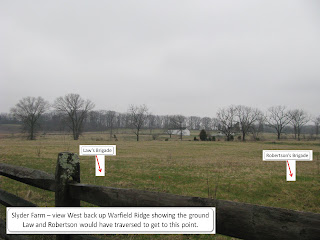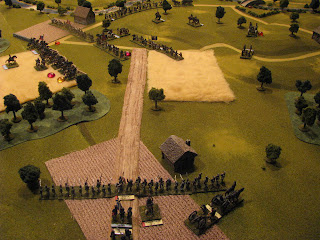But not this time. This time we needed something new.
My kids love to use mom's laptop, and we are fairly lax in letting them surf the web on it (within reason). Julia just likes to watch videos of all sorts of things on YouTube, and Grace likes YouTube as well as a number of kids game sites. The problem is, kids game sites and things of that nature are prime targets for viruses. The best Verizon/McAfee security suite in the world isn't going to protect you when a window pops up asking for permission to do something and your kid clicks the "OK" button in order to make the window go away so that they can get back to their game.
 Having now been to the GeekSquad twice to clean a laptop, and being concerned about the erratic performance of my own PC (which the kids don't touch!), I was looking for something a little more stable and secure. So in a fairly impulsive move, we went to the nearest Apple store over the weekend and bought a 21.5" i3 iMac. This is the low end iMac, but has everything I need. I did upgrade to the 1 terrabyte hard drive. That's a lot of pictures, songs and video.
Having now been to the GeekSquad twice to clean a laptop, and being concerned about the erratic performance of my own PC (which the kids don't touch!), I was looking for something a little more stable and secure. So in a fairly impulsive move, we went to the nearest Apple store over the weekend and bought a 21.5" i3 iMac. This is the low end iMac, but has everything I need. I did upgrade to the 1 terrabyte hard drive. That's a lot of pictures, songs and video.My wife had one of the very first versions of the Mac back in college (this would be about 1985-86). I believe it was a 128k Mac, with the single 3.5" disk drive built into the unit, which also housed the little screen. It could do practically nothing, but was leading edge for the times. We haven't owned a Mac since.
The thing that you always hear said about Macs is that they are "so much more intuitive than PC's." In a theoretical sense that may be true, but when you have been using Windows based PC's for your entire adult life, that becomes what intuitive is. Learning something new is not easy. I am writing this post almost a month after the fact and backdating it to coincide with the purchase of the machine, and I do absolutely love it. It is fast. It is smooth. And in the month I have owned it, it has never hung up or crashed once. Not once! My PC couldn't get through a day of hard use without blowing up somehow. I still have my PC, and I still use it. But I am starting to become an Apple believer... again. With an awful lot left to learn...


















































